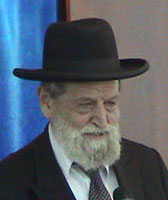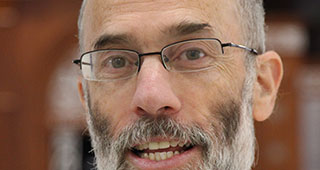Beit Midrash
- Torah Portion and Tanach
- D'varim
- Ki Tetze
The Torah study is dedicatedin the memory of
Revital Bat Lea
In Parashat Mishpatim, which took place before the Golden Calf, the Torah deals with the mitzva to help someone by returning his lost object or dealing with his overloaded donkey. Therein, the Torah refers to the recipient of the help as the helper’s enemy (Shemot 23:4-5). In contrast, when these concepts are repeated in our parasha, they are consistently described as brothers (Devarim 22: 1-4). How could the Torah refer to a relationship of enmity when it warns elsewhere not to hate one’s compatriot (Vayikra 19: 17-18)? Why is there a difference in this regard between the two sections?
The gemara (Bava Metzia 32b) says that it is preferable to help an enemy load than to help a friend unload his animal (despite concern for the overburdened animal). The reason is to help work on overcoming the tendency toward animosity. We see then why the Torah mentioned an enemy; however, problems remain. Ba’alei Tosafot (Pesachim 113b) ask: if the enemy’s actions make him fit to be hated, why should one try to overcome his hatred, and if he should not be hated, why is the hatred treated as a normal thing? They answer that his legitimate hatred will be sensed and mirrored by his counterpart. Therefore it is important to prevent the hatred from growing on both sides. (Rav Tzvi Yehuda Kook urged applying this concept to relations between religious and secular Jews.)
The Meshech Chuchma says that the earlier reference to these mitzvot was said at the time that Bnei Yisrael were on their highest level. At that time, one was allowed to hate a sinner for his inexcusable departure from the norm of the time. After the Golden Calf, everyone’s level went down, and one could not view his fellow as an evil person who was fit to be hated. After all, the potential hater himself is also not such a tzaddik. Rather, the Torah wants everyone to concentrate on the element of brotherhood.
Let us try to internalize the message of brotherhood even if there are grounds to criticize our counterpart and not jump to the conclusion that our brothers are sinners.


























